In its latest iteration, the Yamaha YZF-R15 comes equipped with the upside down (USD) fork that everybody wanted and something nobody did
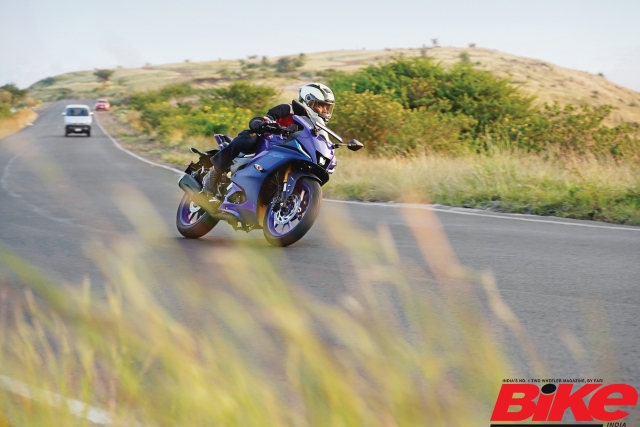
Story: Joshua Varghese
Photography: Apurva Ambep
“Creating something new is difficult and it is tougher to improve something that is already good, because if it is not better, then it is only a waste of time.” This was something that crossed my mind a little over three years ago when I was testing the third version of the popular Yamaha YZF-R15 at a racetrack. This déjà vu was triggered by the latest R15 that stood waiting to be tested on the humbler tarmac of Pune city. Oh, don’t worry, it is more than a cosmetic makeover; well, slightly more.
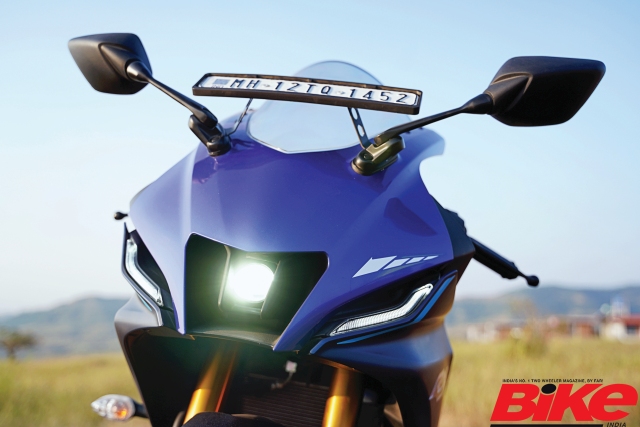
The fourth generation of the R15 features the most radical styling yet. The front cowl that used to derive inspiration from previous generations of the R1 and R6 is now the spitting image of the latest YZF-R7. The traditional twin headlamps have been replaced by a single LED projector lamp flanked by daytime running light (DRL) strips and they are visible in the same frame as the new golden USD fork that fans have been asking for. Winds of change have swept over the bodywork as well, because this motorcycle has a reworked fairing and fuel-tank panels; updates that have contributed in spades to the R15’s aesthetic and it looks more aggressive than before.
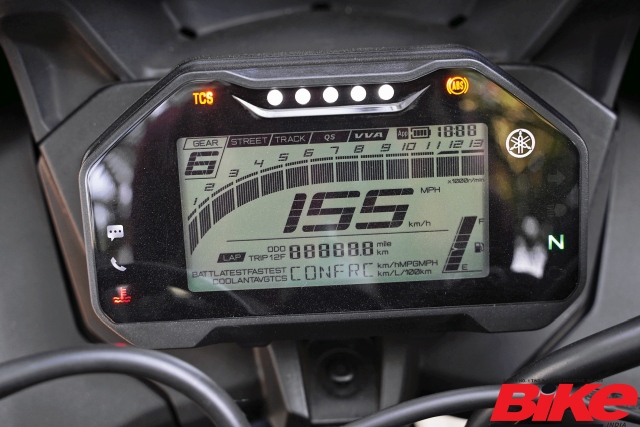
The seating position of the R15 has become slightly more committed but, thankfully, not so much as to affect long rides or everyday use and the larger, contoured visor allows better wind protection. The instrument cluster has levelled up as well, because the fully digital console has a layout that is easier to read and packs in more information as well with a separate display for Track mode. My favourite bit about the new console are the gear-shift lights that light up in succession. It complements the R15’s attempt to resemble the R7 and is a good party trick.
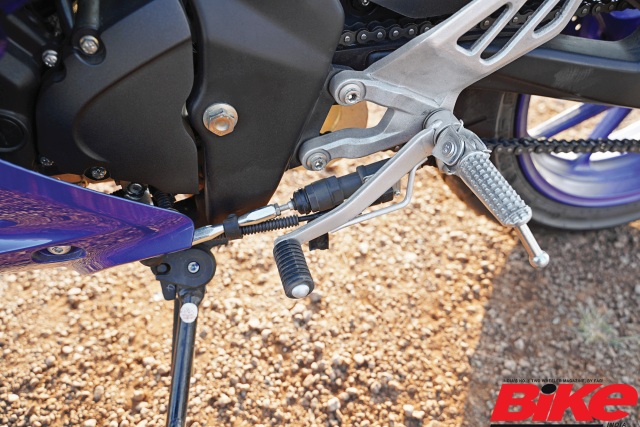
There have been no changes to the engine and this motorcycle continues to draw power from the 155-cc, liquid-cooled, single-cylinder engine which has lost about 0.2 hp and gained 0.1 Nm as compared to the previous model. This one develops 18.4 hp at 10,000 rpm and a peak torque of 14.2 Nm at 7,500 rpm while being mated to a six-speed transmission. Oh, but the way you shift gears will put an even bigger smile on your face now because the top variants of the R15 come equipped with a quickshifter for upshifts. Blasting up and down the twisties, it was fun to just click in the gears without reaching for the clutch and I am happy to report that it works well in the city too. When shifting through lower gears at low rpm, I found that it gets progressively smoother through the rev-range.
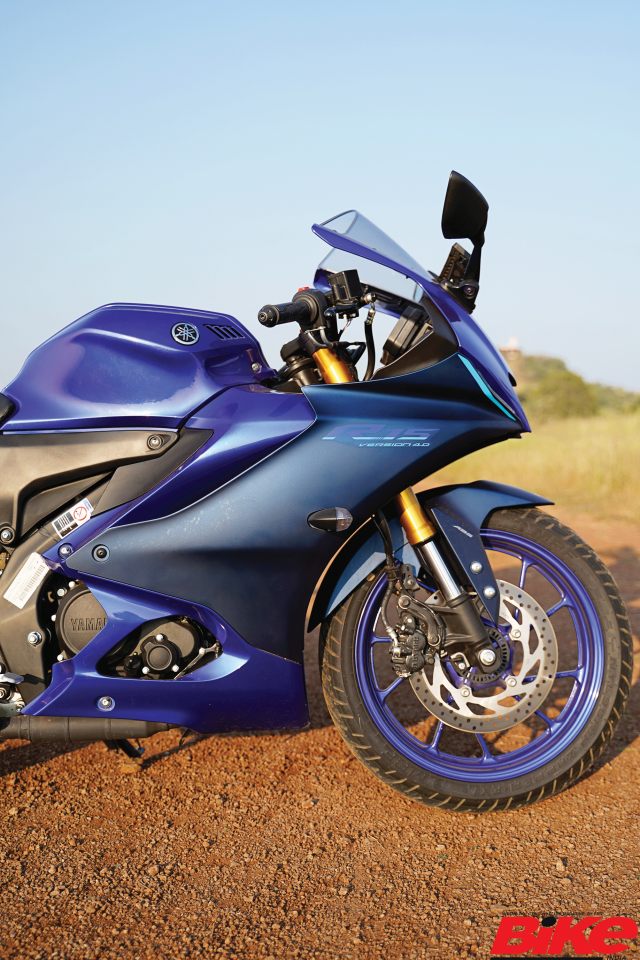
In everyday life, the R15 continues to handle the way it always did and the USD fork has barely made any noticeable difference in that regard. Where it has had its say is in the braking department. Haul on the anchors and this version is definitely more stable and inspires the confidence to brake hard. Are all these changes worth the increase in price?
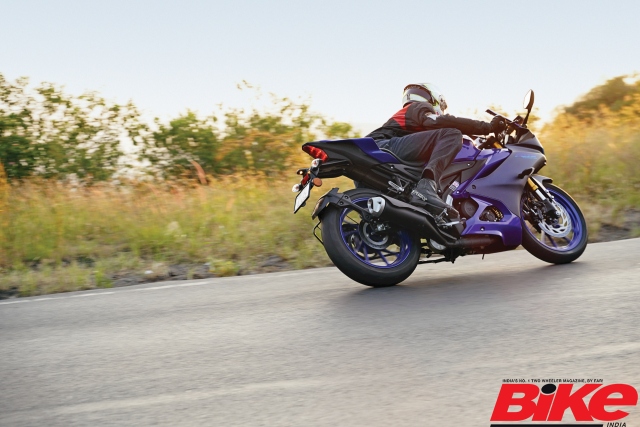
Conclusively, the new R15 is an improvement on its previous models albeit only slightly. The biggest disappointment of this version comes when you consider buying it because you have to deal with a price tag of Rs 1.76 lakh (ex-showroom). The extra kit has pushed the price up by a little more than Rs 18,000 over the previous model.
Also Read: Yamaha Aerox 155 Tested Review


Leave a Reply